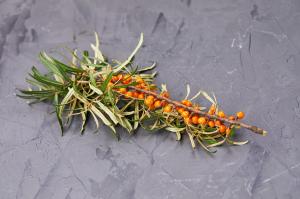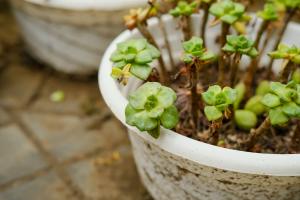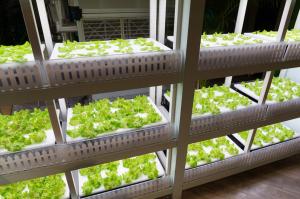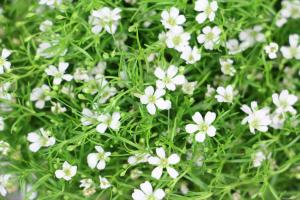Is English Ivy a Good Indoor Plant?
English ivy has gained popularity in recent years as an indoor plant due to its beautiful aesthetic and air-purifying properties. It is commonly believed that English ivy is easy to care for and can thrive in a variety of environments. However, like all indoor plants, there are pros and cons to having English ivy in your home.
Pros of English Ivy as an Indoor Plant
One of the biggest advantages of having English ivy as an indoor plant is its ability to purify the air in your home. Studies have shown that English ivy can effectively filter out harmful pollutants such as formaldehyde, benzene, and mold spores. This makes it an excellent plant for those who suffer from allergies or asthma.
In addition to its air-purifying properties, English ivy is also a beautiful plant that can add a touch of elegance to any room. It can be grown in a variety of ways, including as a hanging plant or in a tall pot, making it a versatile option for any space.
Another benefit of English ivy is that it is relatively easy to care for. It does well in moderate to bright light and can survive in cooler temperatures, making it a great option for those who live in apartments or homes without a lot of natural light.
Cons of English Ivy as an Indoor Plant
Despite its many benefits, there are also some downsides to having English ivy as an indoor plant. One of the biggest issues is its potential to become invasive. English ivy is a fast-growing plant that can easily take over and cover other plants if not properly cared for.
In addition to its invasive nature, English ivy can also be toxic to pets. The leaves and berries of the plant contain a toxic compound called polyacetylene which can cause vomiting, diarrhea, and general digestive upset in pets if ingested.
English ivy is also susceptible to a number of pests and diseases. Spider mites, mealybugs, and scale insects are all common pests that can infest English ivy. The plant is also prone to root rot and fungal diseases, which can be difficult to treat once they take hold.
Tips for Caring for English Ivy
If you decide to bring English ivy into your home, there are a few tips you can follow to ensure it thrives. First, make sure the plant is placed in a well-lit area where it can receive adequate sunlight. While it can tolerate lower light levels, it will do best in bright, indirect light.
Second, be careful not to over-water the plant. English ivy prefers to be kept relatively dry, so make sure to allow the soil to dry out completely between waterings. This will help prevent root rot and other fungal diseases from taking hold.
Finally, be sure to monitor the plant for signs of pests or disease. Regularly inspect the leaves and stems for any signs of infestation or discoloration, and treat any issues promptly to prevent them from spreading.
Conclusion
In conclusion, English ivy can be a great addition to any indoor space. Its air-purifying properties, elegant aesthetic, and easy care make it an attractive plant for many homeowners. However, it is important to be aware of the potential downsides to having English ivy in your home and take steps to address any issues that arise. By following these tips for caring for English ivy, you can enjoy the many benefits of this beautiful plant without any of the drawbacks.

 how many times do yo...
how many times do yo... how many planted tre...
how many planted tre... how many pine trees ...
how many pine trees ... how many pecan trees...
how many pecan trees... how many plants comp...
how many plants comp... how many plants can ...
how many plants can ... how many plants and ...
how many plants and ... how many pepper plan...
how many pepper plan...































